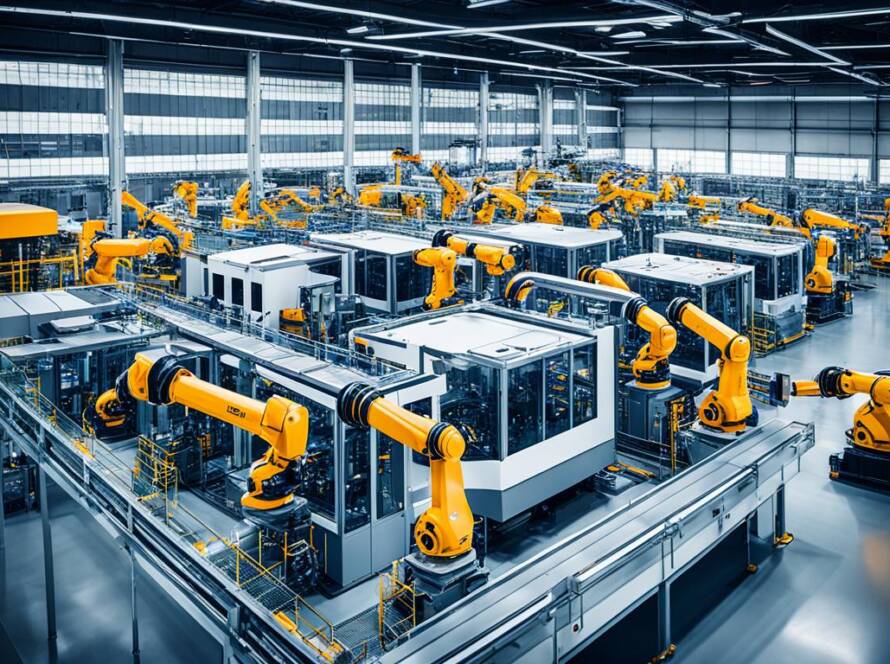Artificial Intelligence (AI) is often compared to electricity—a revolutionary general-purpose technology that redefined industries and opened endless possibilities. Andrew Ng, a leading voice in AI, calls this an exhilarating time to be a builder in the AI era. Much like electricity powered the Industrial Revolution, AI is now at the core of a technological revolution, reshaping how we create, innovate, and solve problems.
The AI Stack: Layers of Innovation
Andrew introduces the concept of the AI stack, highlighting its different layers—from semiconductors to cloud infrastructure and foundation model trainers. While much media focus has been on these foundational layers, Andrew stresses the critical importance of the application layer.
“The application layer needs to generate value and revenue,” he explains. Applications are where the real impact of AI is felt, as they unlock revenue streams that sustain the foundational technology. This perspective shifts attention from simply building the technology to creating solutions that solve real-world problems.
Faster Development with Generative AI
A significant shift in the AI landscape is the rapid development enabled by generative AI. Historically, building AI systems required months of painstaking work, but generative AI has reduced this timeframe dramatically. Teams can now create prototypes in days, allowing for faster experimentation and iteration.
“Generative AI lets us build things faster than ever before,” Andrew notes. This speed of development enables companies to innovate quickly, bringing new AI-powered products to market in record time. However, this acceleration also exposes bottlenecks in other parts of the workflow.
New Challenges in Evaluation and Integration
As machine learning development accelerates, the process of evaluation has become a bottleneck. Traditional sequential workflows, where evaluation follows development, are too slow for this new pace. Andrew advocates for parallel workflows to keep up with rapid prototyping.
But even as prototyping speeds up, other steps—such as product design, integration, and operational deployment—remain time-intensive. This imbalance creates pressure on organizations to streamline their processes, ensuring they can leverage AI’s full potential.
The Power of Agentic Workflows
One of the most exciting advancements in AI is the development of agentic workflows. These workflows, which involve intelligent agents reasoning, planning, and collaborating, have revolutionized AI applications. Andrew identifies four major design patterns in agentic workflows:
- Reflection: AI critiques its own output, iteratively improving the quality.
- Use: AI determines when to execute actions like API calls or issuing commands.
- Planning: AI performs complex tasks by breaking them into sequenced actions.
- Multi-Agent Collaboration: Multiple agents work together, dividing tasks for efficiency.
These patterns significantly enhance the performance of tools like generative models, making them capable of handling complex tasks with precision and creativity.
Transforming Visual AI with Agentic Workflows
Agentic workflows have unlocked remarkable capabilities in visual AI, enabling tasks like counting players in a soccer game or segmenting videos into searchable clips. By combining reflection, planning, and collaboration, these workflows turn unstructured visual data into actionable insights.
For example, a vision agent demonstrated the ability to:
- Identify specific moments in a video, such as a skier becoming airborne.
- Generate metadata for clips, making it easier to search and categorize visual content.
- Automate tasks that once required extensive manual effort, like splitting video frames or tagging key events.
This capability isn’t just theoretical—it’s been applied in demos where users search for terms like “gray wolf at night” and instantly access relevant clips. The green markers on video timelines make exploring content intuitive and engaging.
Opportunities in AI: Lowering Barriers to Innovation
The work required to build AI applications is lower than ever. With advancements in agentic workflows and tools for processing unstructured data, businesses can extract value from video, text, and other challenging data types. This shift heralds a new era of opportunity:
- Faster Prototyping: Teams can bring ideas to life in days rather than months.
- Improved Data Engineering: Managing unstructured data is now more feasible, unlocking insights from previously inaccessible sources.
- Revolutionizing Industries: From visual AI to generative design, the potential applications of AI are vast and growing.
Conclusion: Building the Future with AI
As Andrew Ng emphasizes, the era of AI is akin to the dawn of electricity—a transformative force that will redefine how we live and work. By focusing on the application layer, accelerating workflows, and embracing agentic design patterns, innovators are turning AI’s potential into reality. Whether it’s building smarter tools, processing visual data, or creating seamless user experiences, AI is opening doors to possibilities that were once unimaginable. For builders, this is a time to dream big, move fast, and shape the future.


